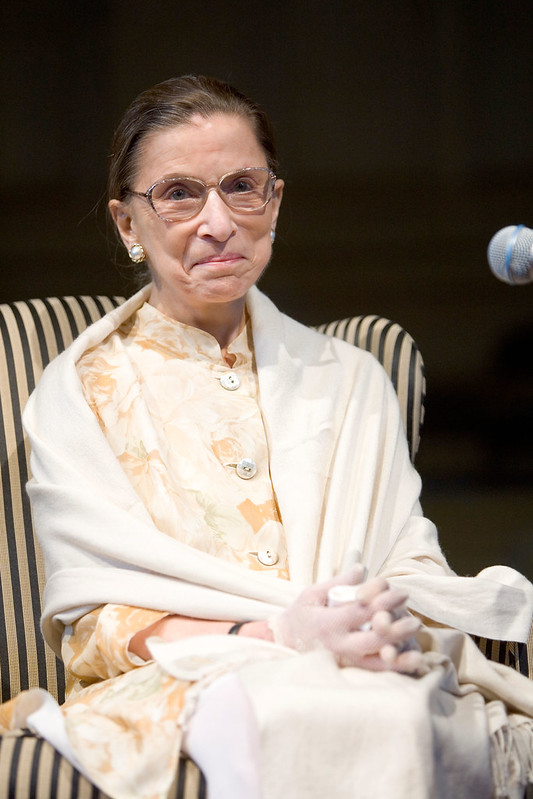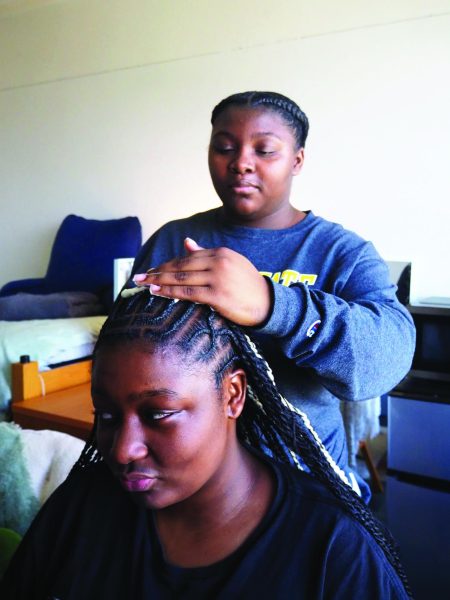Women’s History Month Spotlight: Ruth Bader Ginsburg
March 24, 2021
Ruth Bader Ginsburg was an associate justice of the Supreme Court of the United States from Aug. 10, 1993 until her death on Sept. 18, 2020.
Ginsburg was appointed by Bill Clinton and ended her career serving under Donald Trump.
At the very top of her class, Ginsburg graduated from Cornell University in 1954. The same year she married her husband, Martin Ginsburg.
After graduating from college, Ginsburg enrolled at Harvard Law and completed almost all of her schooling there. Harvard was extremely male-dominated at the time, Ginsburg being one of only nine females in her class of 500.
Despite her struggles, Ginsburg was the first female to serve as a member of the Harvard Law Review.
Ginsburg transferred to Columbia Law School for her last year of law school because her husband accepted a job at a law firm in New York City. She became part of their law review, and graduated at the top of her class in 1959.
Once she graduated from Columbia Law, Ginsburg faced much discrimination for being a woman in such a male-dominated field. Eventually she clerked under U.S. District Judge Edmund L. Palmieri for two years.
Afterwards, she joined the Columbia Project on International Civil Procedure and then returned to the United States to be a professor at Rutgers University Law School in 1963.
She held this position until she began teaching at Columbia in 1972, where she became the first woman to earn tenure.
During the 1970s, Ginsburg was also the director of the Women’s Rights Project of the American Civil Liberties Union.
In this position, Ginsburg used a broad perspective to look at gender discrimination. She argued six influential cases before the U.S. Supreme Court successfully. Ginsburg was appointed to the U.S. Court of Appeals for the District of Columbia in 1980 by Jimmy Carter.
She served as a member of the court until 1993, when she was appointed to the Supreme Court of the United States.
While Ginsburg served as a justice, she was very calculated and worked slow and steady. Ginsburg was passionate about important topics like gender discrimination and federal procedure.
Instead of creating large limitations on discrimination of gender, she focused on specific issues within different fields. This tactic sent a powerful message to the legislatures.
She worked with a personal trainer up until her death on Sept. 18, 2020. She could even lift more than Justices Breyer and Kagan for many years.
Ginsburg never missed a day of oral arguments until the 2018 term, even while undergoing chemotherapy to treat pancreatic cancer, or the day following her husband’s death in 2010.
She was committed to her position and changing the world for every woman to follow her. Ginsburg was truly a force to be reckoned with..










